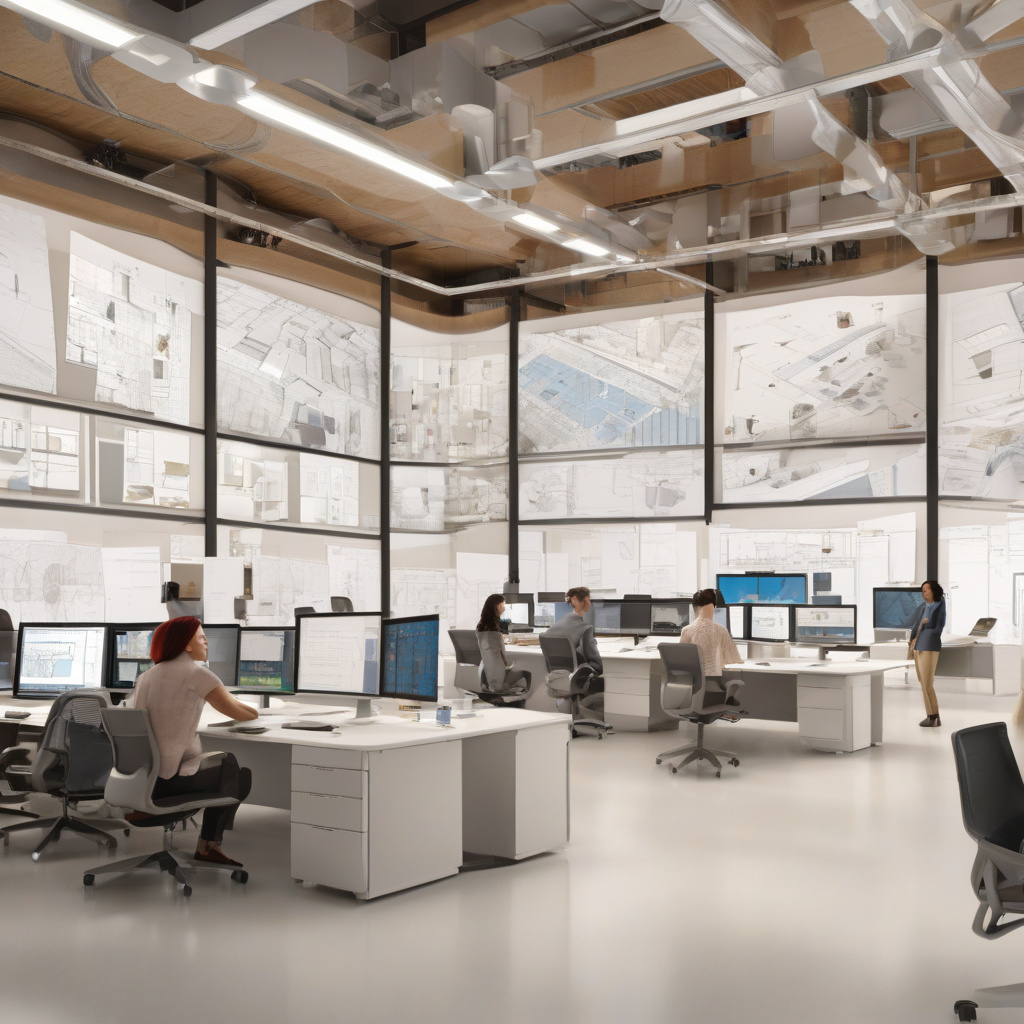The Power of Event-Driven Architecture: Design and Maintenance Unleashed
Event-driven architecture (EDA) is the cornerstone of modern systems, empowering them to respond swiftly to real-time changes. By embracing EDA, your system gains the agility to scale seamlessly, adapting to evolving demands effortlessly. The key principle underpinning EDA is the decoupling of components, fostering flexibility that enables asynchronous scaling in response to events. This design philosophy not only renders systems reactive but also imbues them with scalability and robustness in the face of failures. However, crafting and upholding an event-driven architecture necessitates profound contemplation and vigilant oversight.
Exploring the Essence of EDA
At its essence, EDA revolves around the art of responding to pivotal events that unfold within a system. These events serve as triggers denoting substantial changes, whether it be a user registering on a platform or a sensor detecting fluctuations in temperature. Within the realm of EDA, events are crafted by producers, channeled through intermediaries like message brokers or event buses, and ultimately consumed by services poised to take action. This intricate design paradigm nurtures an environment where components operate independently, fostering a system that is not only easier to scale but also simpler to uphold.

